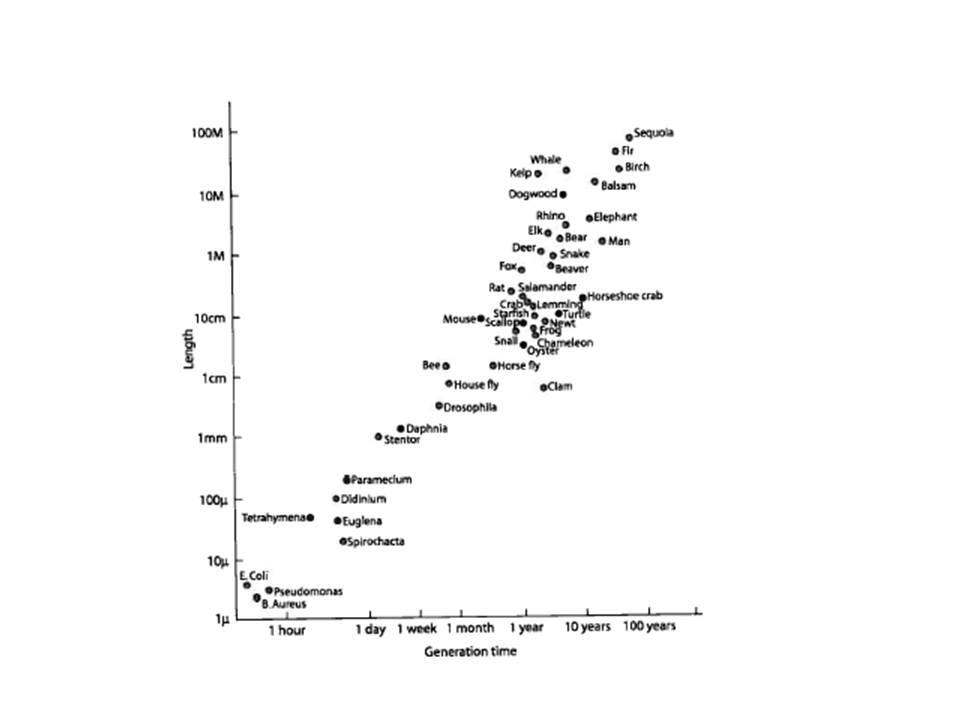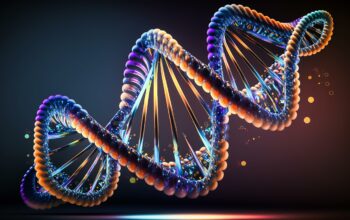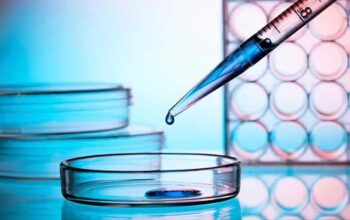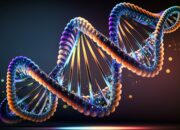In the interplay between microbiology and physics, a multitude of questions arises that challenges conventional paradigms. What happens when we apply the rigorous principles of physics to the microscopic world of bacteria? This inquiry opens an intriguing avenue for exploration: how do the laws of nature govern life on such a diminutive scale? Such an analysis poses a playful yet profound inquiry—can we actually predict the behavior of a bacterium as if it were a particle in a physics experiment?
To address this question, it is essential to grapple with the fundamental characteristics that distinguish bacteria from larger biological entities. The size and organization of bacterial cells present unique challenges that are not typically encountered in traditional physics. At the microscopic scale, Brownian motion becomes a dominant factor, with the random thermal energy imparted to particles significantly influencing their movement. Here, the classical mechanics that govern larger organisms begin to falter. Thus, a deep understanding of statistical mechanics is paramount in recognizing how bacterial populations react under varying environmental conditions.
One critical aspect of this inquiry involves the exploration of bacterial motility. Many bacteria possess flagella, enabling them to navigate through viscous environments. A fascinating challenge emerges when characterizing this motility mathematically. Can we apply the Navier-Stokes equations, which govern fluid dynamics, to model the movement of flagellated bacteria? The complexities of these equations seem daunting, yet they offer the potential for startling insights into how bacteria aggregate and respond to stimuli. As they swim through their environment, they often form patterns that can be analyzed through the lens of fluid dynamics, mirroring larger-scale phenomena such as eddies or vortices in classical fluid systems.
Furthermore, the consideration of bacterial colonies introduces new variables. The emergence of collective behavior within microbial populations can be studied using principles from physics, such as phase transitions and emergent dynamics. These phenomena showcase fascinating parallels between the behavior of gases and the organization of bacterial communities, enhancing comprehension of both microbial ecology and statistical mechanics. It raises an essential question: how do specific interactions among bacteria lead to complex cooperative behaviors, and what predictive models can effectively capture these dynamics?
Additionally, the thermodynamic principles inherent in bacterial metabolism deserve scrutiny. Bacteria have adapted to survive in a variety of environments, often exploiting extreme conditions. The energy transfers that facilitate their survival operate under the laws of thermodynamics. Consequently, we can analyze metabolic pathways and their efficiency through this framework. Do the laws of thermodynamics dictate the limits of life at the microbial scale? Can we quantify the ‘entropy’ of a bacterial population, and does this provide insights into its state of health or potential for resilience under environmental stress?
One particularly captivating branch of this discourse pertains to bacterial behavior under confinement. When bacteria grow in microenvironments, their behavior often diverges from predictions made by conventional models. The transition from a free-swimming bacterium to one constrained within a porous medium emphasizes an intersection of biology with complex systems physics. This observation invites the question: how do spatial constraints alter the kinetic behavior of bacteria? Understanding these dynamics could further elucidate the transport phenomena in biological systems—a crucial aspect of both microbiology and biophysics.
Another significant aspect to consider is the implications of bacterial quorum sensing. This communication mechanism allows individual bacteria to detect their density and alter behavior based on the population size. Could it be possible to model this sensitivity to environmental changes using control theory from physics? Such insights could form the basis for novel approaches to bioengineering, as researchers examine how bacteria can be manipulated for applications ranging from bioremediation to targeted drug delivery. Yet, the challenge remains: can we devise an energy-efficient method to disrupt or enhance these quorum-sensing pathways for practical applications?
The intersection of physics and biology through the study of bacteria further illuminates the concept of synthetic biology. By constructing and manipulating biological systems through engineering principles, scientists are beginning to design microorganisms capable of specific tasks. Here, the physics principles of stability and robustness play a vital role. As we transition from theoretical exploration to empirical applications, the challenge intensifies: how do we ensure the stability of these engineered systems while retaining the adaptability and resilience characteristic of natural bacteria?
Moreover, the integration of modern technological advancements has enabled unprecedented scrutiny of bacterial systems. Techniques such as super-resolution microscopy and optical trapping facilitate the visualization and manipulation of individual bacteria, thus providing a unique opportunity to experimentally validate theoretical predictions. As new data becomes available, how do we adapt our models to stay ahead of the complexities presented by living systems? This question illustrates the dynamic relationship between theory and experimentation, where the boundaries of understanding continually evolve.
In conclusion, the application of physics to the study of bacteria not only provides a framework for investigating the intricate behaviors of these organisms but also poses profound questions regarding life itself. The challenges posed by kinetic modeling, thermodynamic analysis, and the emergence of collective behavior invite researchers to bridge disciplines and develop new paradigms. By embracing the playful yet serious consideration of how life meets the laws of nature, we may find groundbreaking insights that transcend the traditional boundaries of both physics and biology. Ultimately, the exploration of this intersection might even render us capable of predicting bacterial behavior with outcomes that resonate far beyond the microscopic realm.










